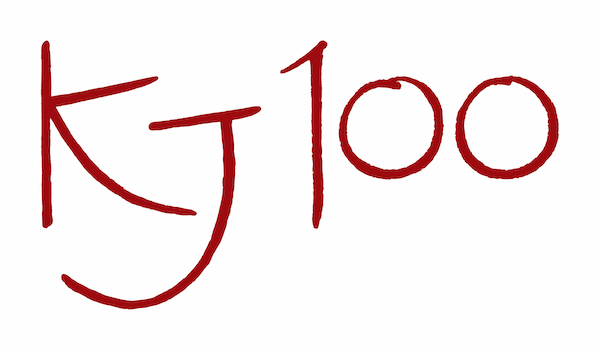
Kyoto View 88: Structures Of Kyoto, Writers in Kyoto Anthology 4 – reviewed by Patrick McCoy
Structures Of Kyoto: Writers in Kyoto Anthology 4. Edited by Rebecca Otowa & Karen Lee Tawarayama, 2021, Writers in Kyoto, 172pp., ¥1207.

Structures Of Kyoto: Writers in Kyoto Anthology 4, edited by Rebecca Otowa and Karen Lee Tawarayama, features contributions from twenty-four writers. As was the case with WiK’s previous anthologies, it is an eclectic collection that includes fiction, nonfiction, prose, poetry, photographs and illustrations, this time around on the theme of “structures of Kyoto.” Judith Clancy, in her forward, provides a helpful introduction to the collection with an actual map of the location of some structures mentioned in the collection and the anthology concludes with an original Alex Kerr proposal for the future of tourism in Kyoto.
The Introductory section includes a ruminative essay about Rona Conti’s decades studying calligraphy paired with an evocative poem, “Interlude Kyoto” by Brenda Yates. In her essay Conti says, “I am trying here to explain what it is like to be a foreigner, to find one’s way to Japan, to find a teacher and then proceed.” One of her greatest discoveries was: “The main ingredient for learning and learning well was simple. Practice, practice and practice, along with deep observation,” a process that would continue over the years even after Conti had left Japan and stopped visiting regularly. There are pieces that commemorate famous city structures, such as Ryoan-ji in Mark Hovane’s “Rocks, Gravel and a Bit of Moss,” as well as three contributions dedicated to the Kamogawa: Ina Sanjana’s “Sunrise Over the Kamogawa,” a spirited story called “The Life Dispensary” from editor Tawarayama, as well as a fond remembrance of a bike ride along the river in Robert Weiss’s “Converging Waters (Kamogawa Delta Blues).”
Among other selections we have John Dougill discussing the historical associations of “Three Literary Cafes” and editor Otowa ruminating on “Structures of Tea.” Dougill introduces three literary cafés in Kyoto with interesting pasts. The first, Honyarado, was started in 1972 in the wake of the student movement opposed to the Vietnam War. It became a focal point for the counterculture with folk concerts, poetry readings other events. There were appearances by such literary luminaries as poet Shiraishi Kazuko (dubbed “the Allen Ginsberg of Japan” by Kenneth Rexroth) as well as Rexroth, Ginsberg, and Gary Synder. The second café, CC’s Café, was started by now deceased American poet Cid Corman as an homage to his American roots. It still exists, and is now run by his aging sister-in-law. The last café described, Pico’s, was run by writer Pico Iyer’s daughter near Inari Fushimi shrine.
Part Two includes some structures outside Kyoto city proper as well as some abstract structures. Edward J. Taylor takes a contemplative walk around the village of Ohara in “Ohara, After Scarlet Leaves” and in Simon Rowe’s short story the protagonist has an epiphany during the Daimonji okuribi festival (also the subject of Lisa Wilcut’s WiK Writing Competition 1st prize winning poem) in “One Dog Day in Summer.” The Buddhist concept of gorinto is analyzed in Jann Williams’s meditative “Beyond Zen—Kyoto’s Gorinto Connections;” Catherine Pawasarat takes a deep dive into the Gion festival in “The Gion Festival—A Hero’s Journey;” and John Einarsen has produced a meditative pictorial essay with commentary on the “Dragon Gate of the World” that leads to Nanzen-ji in “The Gate.” Pawasarat, in her essay, describes the history of the Gion festival. First she analyzes the “intense suffering of Kyoto’s midsummer” that refers back to the horrors of an epidemic that ravaged the city in 869. In order “To try to reverse Kyoto’s 869 epidemic and its angry onryo (spirit), Emperor Seiwa called for a ritual.” The author goes on to discuss the many spiritual rituals embedded in one of Kyoto’s greatest tourist events.
This anthology, thanks to the various forms the contributors use, adds layers of introspection to a city that is brimming with structures that invite contemplation.
